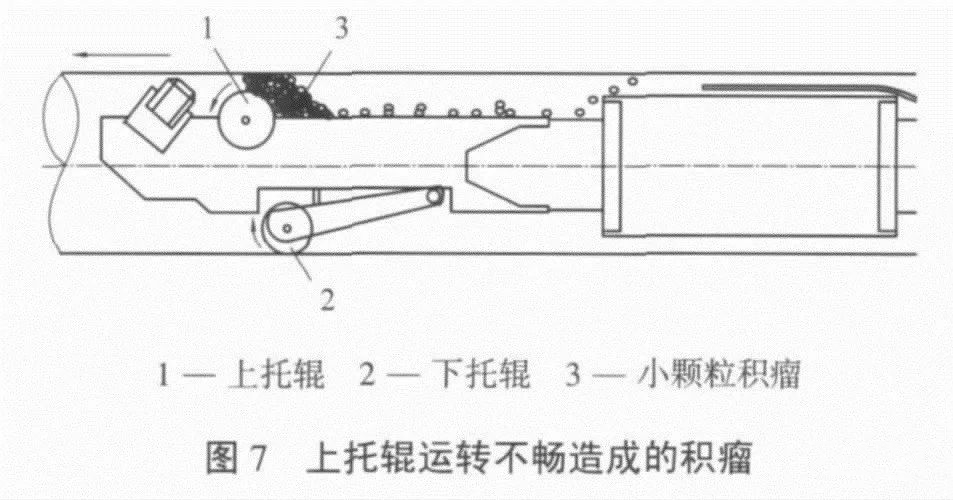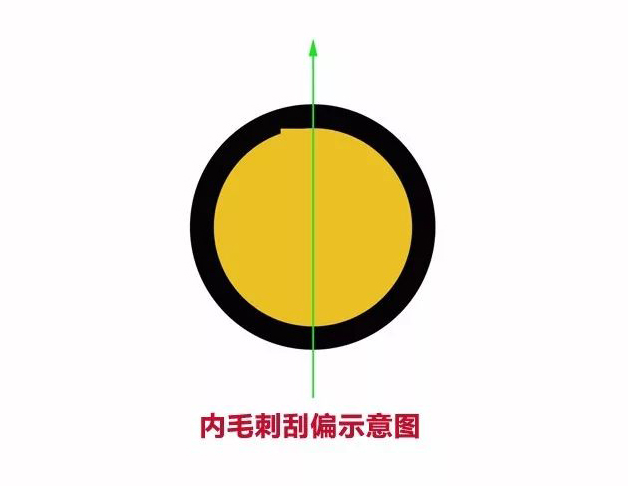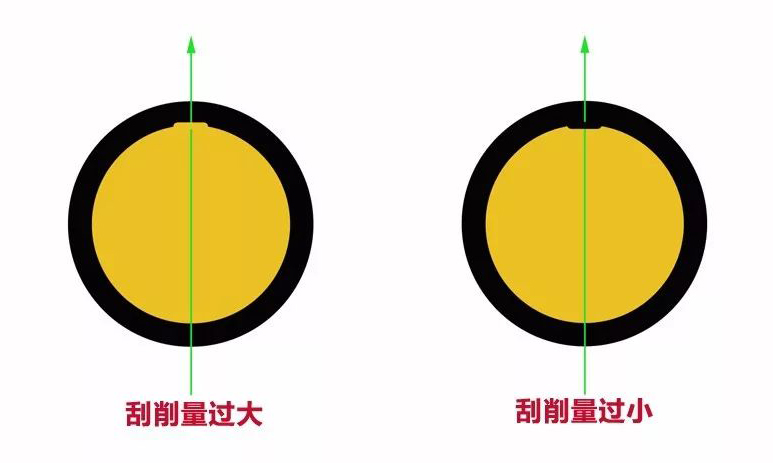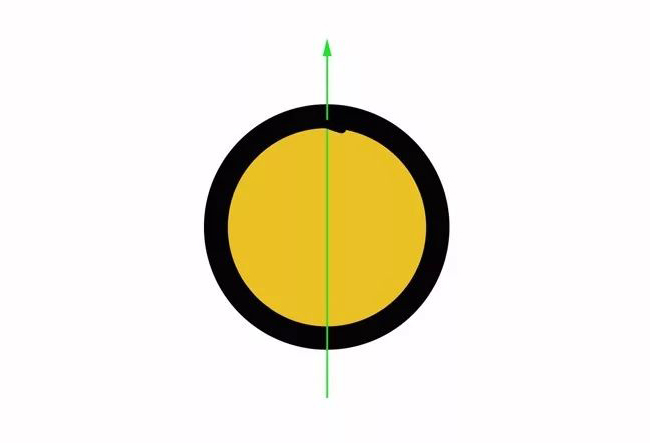Common problems and solutions of burr removal in welded pipe of used ERW tube mills
- Sort:Information
- Auth:
- Source:
- Release time:2022-11-07 11:30
- Pvs:
【概要描述】When the used ERW tube mills is used to manufacture welded pipes, internal burrs will occur. Once the internal burrs are not removed in time, the manufacturing quality of the welded pipes will be affected. Therefore, we must clearly understand the formation and removal of burrs in the welded pipe of the used ERW tube mills.
Common problems and solutions of burr removal in welded pipe of used ERW tube mills
【概要描述】When the used ERW tube mills is used to manufacture welded pipes, internal burrs will occur. Once the internal burrs are not removed in time, the manufacturing quality of the welded pipes will be affected. Therefore, we must clearly understand the formation and removal of burrs in the welded pipe of the used ERW tube mills.
- Sort:Information
- Auth:
- Source:
- Release time:2022-11-07 11:30
- Pvs:
When the used ERW tube mills is used to manufacture welded pipes, internal burrs will occur. Once the internal burrs are not removed in time, the manufacturing quality of the welded pipes will be affected. Therefore, we must clearly understand the formation and removal of burrs in the welded pipe of the used ERW tube mills.

The internal burr removal of the used ERW tube mills is a necessary process for the production of high-quality, high-value-added straight seam resistance welded pipes. Welded pipes for oil, natural gas, chemical, coal water slurry, and precision high-strength structures (such as oil cylinders and cylinder pipes) , plastic-lined steel-plastic composite pipes are required to remove internal burrs, but the removal process of internal burrs is a complicated process. Many factors in the actual production process will affect the quality of internal burr removal. In order to obtain an ERW welded pipe with high internal burr removal quality, it is necessary to analyze the common problems in the internal burr removal process and propose solutions to the main problems. So as to ensure the accuracy of internal burr removal and the stability during the removal process.
Common problems in the process of internal burr removal are mainly scraping, excessive or small scraping, and unclean removal. No matter what kind of problem occurs, it will affect the quality of the weld. Under normal circumstances, scraping deviation or small scraping will result in unclean removal of internal burrs. Excessive scraping will cause the wall thickness of the weld to be thinned. In severe cases, it will affect the pressure-bearing capacity of the welded pipe.

Internal burr scraping and its common solutions:
The internal burr scraping deviation is mainly manifested as a continuous deviation to one side or intermittent deviation on both sides, as shown in the figure below. In the actual production process, the phenomenon of internal burr scraping is more common, and the internal burr scraping has a great influence on the quality of welded pipes. Therefore, this situation should be avoided as much as possible in the actual production process.
The deviation of the internal burr scraping to one side is mainly caused by the deviation of the center position of the mandrel from the weld. The main reason for this problem is generally that the position of the mandrel connecting plate in Figure 1 is not suitable. The position of the mandrel can be adjusted by the adjusting bolts of the connecting plate until the scraping phenomenon disappears; in addition, due to the work of the mandrel The ambient temperature is relatively high. If the core rod cannot be cooled well, it is prone to deformation, and the deformation of the core rod is also likely to cause deviation. If this is the case, the core rod needs to be straightened and the core rod cooling system needs to be adjusted. Processing until it meets the production requirements.
There are many reasons for the intermittent deviation of internal burr scraping on both sides. One situation is that the mandrel support wheel cannot make good contact with the tube wall, causing only the cutter head to contact the tube wall in front of the mandrel connecting plate, which makes the mandrel easily drive the cutter head to swing, which causes discontinuity on both sides during internal burr scraping. In this case, the height of the cutter head is too much higher than the support wheel, which can be solved by adjusting the relative height of the cutter head and the support wheel. Another common situation is that the locking nut of the mandrel connecting plate becomes loose, causing When the inner burr is scraped, there will be intermittent deviations on both sides. At this time, the lock nut needs to be re-locked, and the scraping phenomenon will disappear.

The amount of internal burr scraping is too large or too small and the common solutions:
Excessive or small internal burr scraping (as shown in the figure below) will affect the quality of the welded pipe, so try to avoid this phenomenon.
The relative height of the inner burr scraper head and the inner wall of the welded pipe has a certain range. When the relative height of the cutter and the inner wall of the welded pipe is too small, it will easily cause the scraping amount to be too large. On the contrary, the scraping amount of the inner burr is too small or cannot be scraped. At this time, adjust The relative height of the cutter and the inner wall of the welded pipe can solve this problem. In the actual production process, it is mainly to add or reduce the spacer under the scraper to realize the adjustment of the height of the cutter head. The ovality of the welded pipe will also cause the internal burr scraping amount to be too large or too small. At this time, adjust the height of the upper squeeze roller to eliminate this phenomenon.

Internal burr removal is not clean and its common solutions:
In the actual production process, when the internal burr removal does not have deviation and the amount of scraping is not appropriate, sometimes some residual metal melt will appear after the internal burr removal, and this phenomenon is often continuous. It is similar to that the amount of internal burr scraped is too small (as shown in the figure below), but the reasons for their formation are completely different. Since the existence of residual internal burrs has a relatively large impact on the quality of welded pipes, it must be paid attention to. Through the observation of the actual production process, it is found that the main reason for the unclean removal of the inner burr is that the blade of the inner burr is beaten. Since there are gaps on the blade after the cutter head is hit, the burrs at the gap cannot be scraped off well and remain. The shape and size of the residual burr mainly depends on the size of the blade gap, so it also provides a method for the production staff to judge whether the inner burr blade is intact, and this problem can be solved by replacing the blade.
In the process of removing burrs in welded pipes of used ERW tube mills, the main problems are scratching, too large or too small scraping, and unclean removal of internal burrs. The existence of each problem will affect the quality of the welded pipe. The production will cause a certain impact. No matter the cause of these problems is one or more, as long as the specific analysis can be carried out according to the specific problem, and then the corresponding solution measures can be taken, the internal burr removal result that meets the requirements will be obtained.
More News

Time of issue : 2023-10-31

Time of issue : 2023-10-28

Time of issue : 2023-10-25

Time of issue : 2023-10-22
Wechat: 13392281699
Email: zty@usedpipemill.com
Company address:No. A99, East Lecong Avenue, Lecong Town, Foshan City, Guangdong Province
Recommendation
Online Inquiry
LINK
Contact Us
Tel (wechat): 13336487288
Wechat:+86 13336487288
WhatsApp:+86 13336487288
Email: zty@usedpipemill.com
Address: No. A99, Lecong Avenue East, Lecong Town, Foshan City, Guangdong Province










